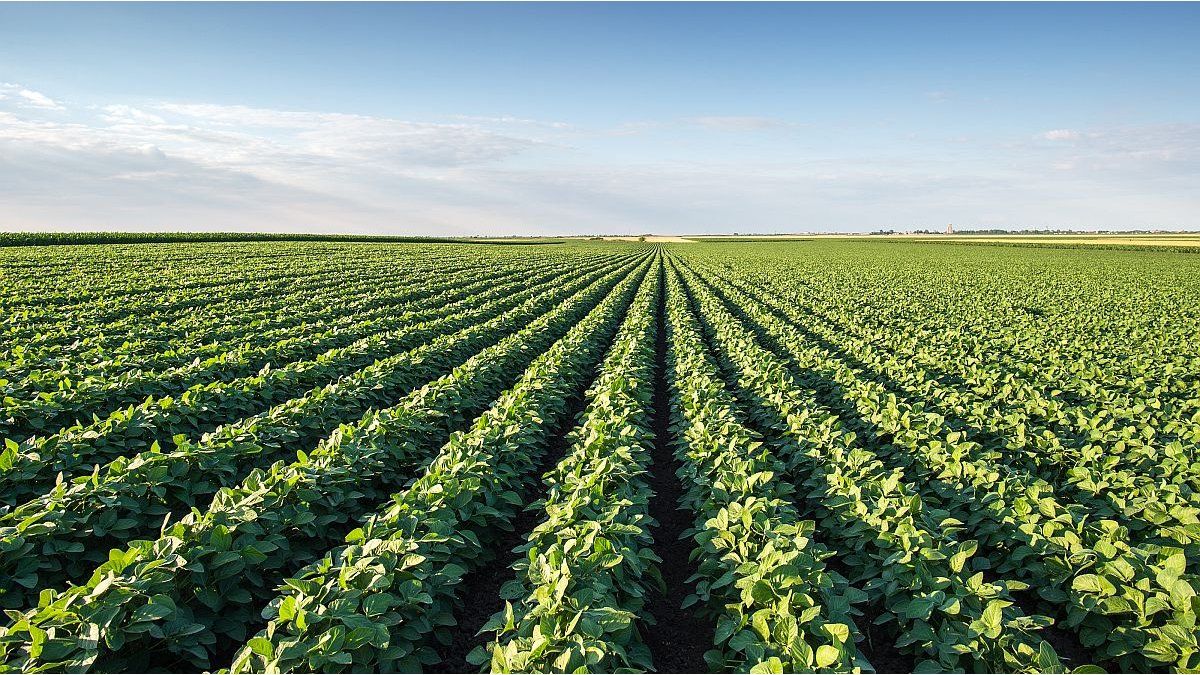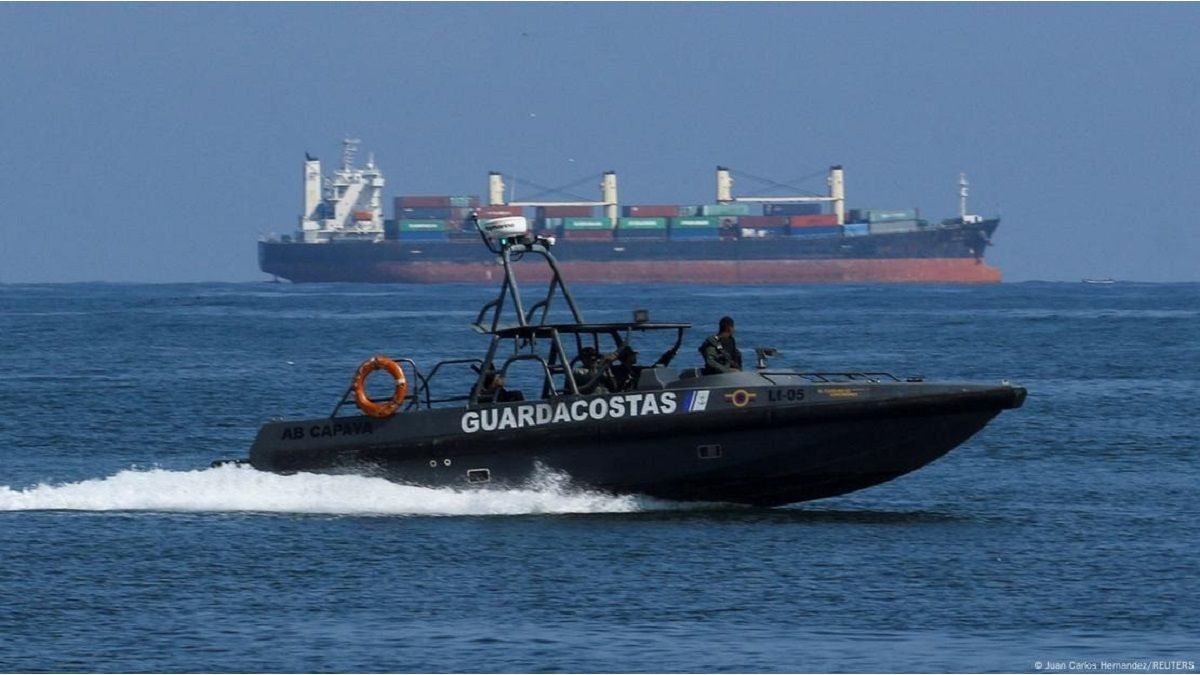Argentina It once again positioned itself as the main exporter of soybean meal worldwide, overcoming the devastating effects of the 2023 drought, which had significantly reduced its productive capacity.
This was reported by the Rosario Stock Exchange, which indicated that in the first half of 2024 there was a 46% increase in exports. In this way, Argentina is reaffirming itself in the global market, although it faces long-term challenges to maintain its competitiveness against Brazil and USAits main rivals in the sector.
For decades, Argentina was the undisputed leader in soybean meal exports. However, the 2022/23 campaign represented a negative turning point for the country, when the worst drought In 60 years he made Brazilfor the first time in a quarter of a century, managed to exceed its export volume. Despite this temporary drop, recent data show a remarkable recovery in the production and export of this product, allowing Argentina to regain first place in the global market.
Growth recorded in Argentine soybean meal exports It was not enough to fully recover the lost ground. in recent years. Although the increase recorded in the first half of 2024 is notable, the idle capacity from processing plants remains a worrying factor. With a 42% With the machines not used during the last three normal production campaigns, Argentina has not been able to take full advantage of its infrastructure, which, although smaller in number of plants compared to Brazil and the United States, is highly efficient and competitive.
In addition, the concentrated geographic location of the industry around Rosarywhich represents the 80% of the capacity of grinding of the country, is a strategic advantage, but also a limitation in the event of adverse situations such as drought or fluctuations in demand. This concentration allowed Argentina to maintain a theoretical processing capacity comparable to that of Brazil and the United States, but without a significant increase in soybean production, competitiveness in the long term could be affected.
soybean.jpg
The Rosario Stock Exchange stated that competitiveness may be affected if soybean production does not grow
Unlike Argentina, Brazil and the United States have shown a sustained and stable growth in its soybean meal processing and export capacity over the past decade. However, in the first half of 2024, Brazil experienced a decline, attributed to cyclical factors such as increased operating costs due to tax changes and a historic flood in Rio Grande do Sula key region for soybean production in the country. Despite these setbacks, expectations for the Brazilian market remain optimistic towards the end of the year.
On the other hand, although the United States and Brazil surpass Argentina in terms of total processing volume In the case of soybeans, this difference is not directly reflected in a greater presence in the international export market. This is because a significant proportion of the production of these countries is destined for domestic consumptionwhile Argentina is heavily dependent on exports, making it a key player in the global market.
Despite the recovery in 2024Argentina faces significant challenges to maintain its leadership position in the international soybean meal market. Over the past fourteen years, while soybean meal exports have continued to grow, Brazil and the United States have grown to a average annual rate of the 4% and 3.2%respectively, Argentina has experienced a -0.9% annual decrease in its shipments abroad. This trend has led to the country losing market share in an expanding global market, especially in key regions such as Southeast Asia.
He Southeast Asiawhich is emerging as one of the most promising regions in terms of demand for soybean meal, has increased its imports from 11 million tons in the 2010/2011 commercial cycle to 19 million tons in the 2023/24 campaign. Argentina, which accounted for almost half of the region’s imports in 2010, has seen its share of this market fall to historic lows since the 2020/21 campaign, a trend that has intensified due to the severe drought of the last year.
Source: Ambito




